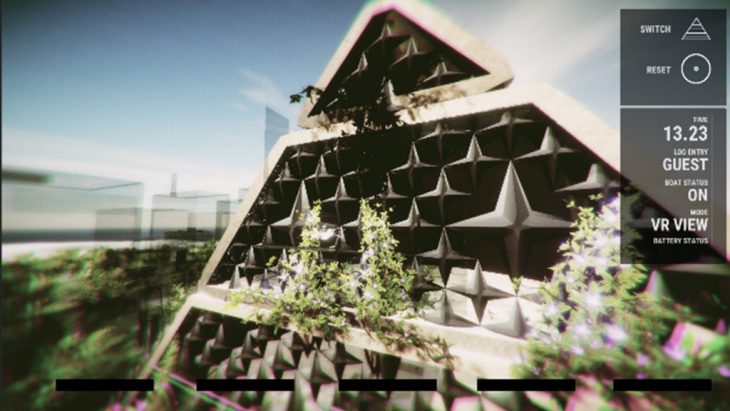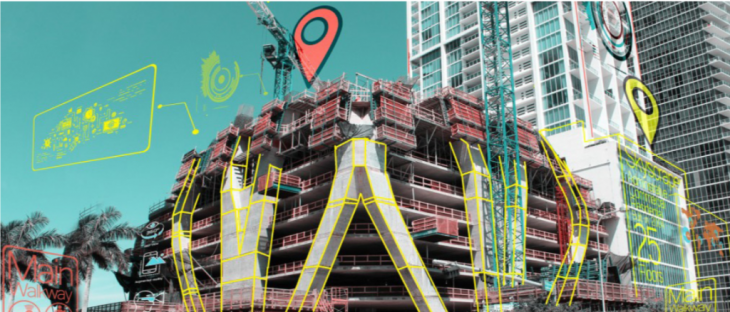IAAC – Master in Robotics and Advanced Construction
Hardware III
Faculty: Mery Glez
Faculty Assistant: Daniil Koshelyuk
HUMAN INTERACTION AND BEYOND

Credits: Brain of the Future House
Syllabus
Digital revolution has enabled us to bring precision and expressiveness of computational design into all stages of architectural design. We see parametric design describing with variables and formulas families of complex geometries, we see rapid prototyping and deep integration of sensor inputs linked with dynamic systems to respond to ultra-local environmental conditions, we see novel methods used to enable new geometries to be translated into physical form and the list can go on and on.
However, the tools of an architect, no matter how different, ultimately serve the same purpose of meeting needs of the users of the space. The way we live in space change, the things we do evolve, but our interaction with the space is what determines its success.
The seminar will speculate on how behind any advanced technology a cohesive story can further enhance its idea. Introducing tools of Mixed Reality spectrum (in a broadest sense of the word) ranging from projection to virtual reality will be viewed as a medium that will aim to fill the void that new technology often has between abstract ideas and the end-user.

Credits: Armin Akbari / MAA02 – Cyber-Physical Construction
Learning objectives
At course completion the student will:
- understand the basics of human interactions and digital technologies, including potential applications in the ephemeral architecture context.
- understand how to combine design for physical and / or virtual spaces.
- be capable of research and use the best technology system as a medium for these purposes.
- be able to design an user interaction journey where physical and digital words are involved
- be able to design a technical schedule to produce a real project and apply for advanced construction methods.